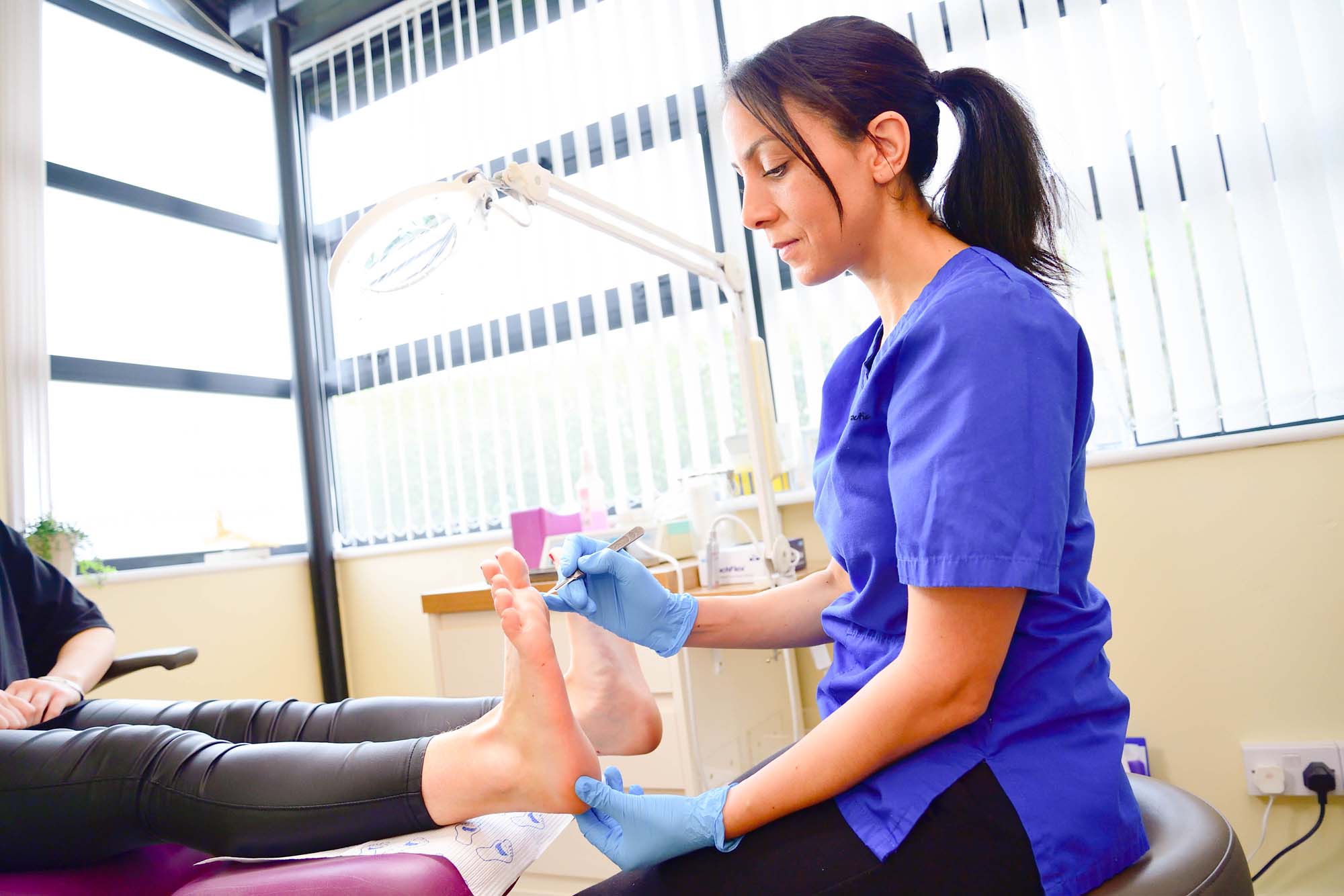Cracked heels, also referred to as heel fissures, are a common foot condition, which can cause discomfort or even pain. They result from dry skin and are accompanied by thickened skin, plus sometimes yellow or brown calluses around the heel edge.
Causes of Cracked Heels
The skin on the heel is subject to constant trauma during walking and standing, and is no doubt under a lot of stress.
Due to this, the skin is naturally thicker and harder as it also has a protective role.
Skin requires a degree of moisture to keep it supple, flexible and pliable to perform its shock absorbing function.
The heels however can be prone to dryness due to a number of reasons:
- Advancing age – As one gets older, skin can lose its natural moisture;
- Heel exposure – Wearing open footwear that exposes the heel can make it prone to dryness;
- Skin conditions – like psoriasis or eczema can cause skin to break and crack;
- Diabetes mellitus – This can cause dry feet and make it prone to cracking;
- Athletes foot (Tinea Pedis) – This is due to a fungal infection, but can also result in cracked heels; and
- High load – putting excess stress on the area due to being overweight or long periods of standing or exercising.
How are cracked heels treated by our podiatrists?
Treatment will depend upon your individual problem and will be subject to a thorough assessment. Treatment may involve the following;
- Debriding (removing) the hard skin around the heels with a scalpel
- Reducing the hard skin using a foot file
- A combination of sharp debridement and filing
- Emollient therapy (moisturisation)
- Foot care and footwear advice and education







